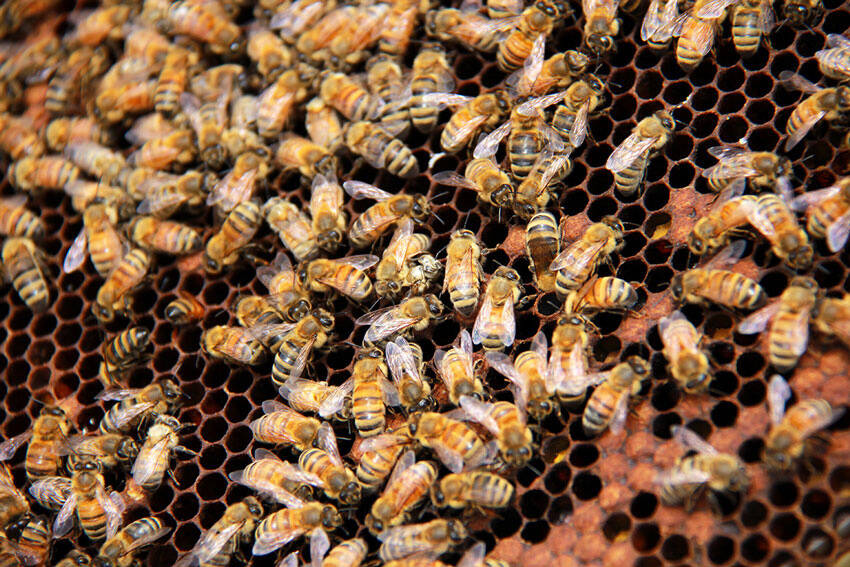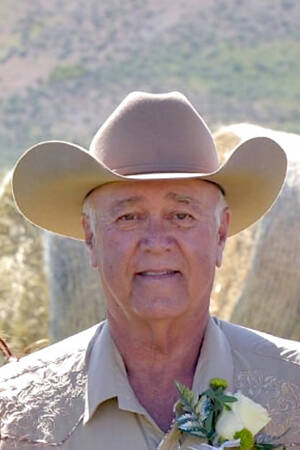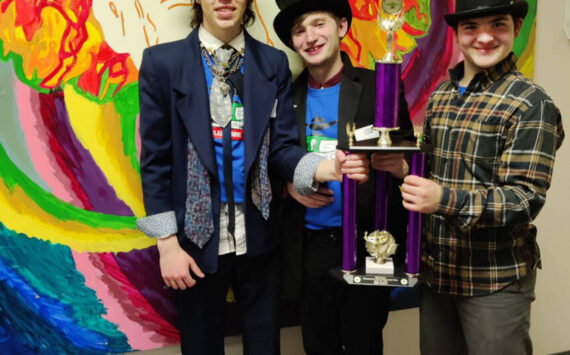By Aspen Anderson | WNPA News Service
Neonicotinoid pesticides are known for their harmful effects on the nervous systems of insects and a proposal in the state Legislature calls for banning them for household use.
“About one-third of our agricultural sector needs pollination to thrive and our pollinators, bees, butterflies, and hummingbirds in this state are under more and more threat,” said prime sponsor Sen. Marko Liias, D–Edmonds.
Others, however, say blaming household use of pesticides on a decline in bee populations mischaracterizes the current research.
Allan Felsot, a professor of Environmental Studies at Washington State University, said focusing on habitat restoration is essential to save pollinators, arguing that allocating taxpayer dollars to this bill would be a waste as it fails to address the impacts on bee populations.
Neonicotinoids are toxic to pollinators, Felsot said, but he added: “Not a single study published today can link species population declines to insecticide use, unless one conflates a hazard identification study using artificial forced feeding experiments with what happens in real habitats.”
Felsot said the EPA has invested significant time, spanning several years, and taxpayer funds in conducting neonicotinoid risk assessments. The fact that these products are still available on the market suggests that there’s justification behind it, he argues.
Neonicotinoids are the most popular insecticide class in the nation while insecticides are also the number one cause of acute-pesticide illness. Imdacloprid, Thiamethoxam and Clothiandin are some of the most common.
They’re commonly used in farms, lawns, gardens and for controlling fleas and ticks in pets. While scientists are still studying the impact on human health, just how they affect bees and other pollinators is uncertain, experts say.
If SB 5972 is approved, the use of neonicotinoid pesticides would be restricted except when an application license is obtained or during the “production of an agricultural commodity.” The bill also grants authority to the Director of the Washington State Department of Agriculture to permit the use of these pesticides in cases of urgent pest threats.
“User error,” Liias said, is the primary issue this bill addresses. He claims people in urban areas are not following the instructions on the label and potentially harming nearby pollinators.
Again, Felsot disagrees.
“Misapplications are under regulation of the product labels, but why anyone would think infrequent “misapplications” have anything to do with pollinator population declines is crazy,” he said. “Misapplications can kill a colony, but a colony of honeybees is not like wild populations of pollinators.”
In 2019, Liias created the Pollinator Health Task Force, which, after four years of examining scientific data and making recommendations, advocates mainly for the scrutiny of neonicotinoid pesticide usage in non-agricultural settings.
The Washington State Department of Agriculture recommends using extreme caution when using these kinds of pesticides as it can cause massive bee deaths if bees collect contaminated pollen and bring it back to the hive.
Kelly McLain, the legislative liaison for the Washington State Department of Agriculture, didn’t question whether the bill would be effective, but said the governor’s budget did not contain funding for this bill. Through 2029, state costs for implementation of these new regulations is estimated at $1,637,000.
Billy Olesen from the Washington State Pest Management Association and Ben Buchholz, representing Washington Friends Farms and Forests, cited a local study from Washington State University that found little to no impact from neonicotinoid pesticides on bee populations.
In this study, researchers cooperated with 92 Washington beekeepers, and they found no concentrations that exhibit detectable harmful effects on bee populations. However, lead author Timothy Lawrence, still recommended accurately following label directions, and not using these insecticides when bees are likely to be foraging or in plant flowering stages.
Buchholz also said this bill language needs to be more specific. He believes these rules should only apply to retail sales of pesticides, not agricultural applications.
“I don’t know that neonicks is the problem,” Buchholz said.
Dr. Rosemary Malfi, from the Society for Invertebrate Conservation, said neonics are a particular cause for concern because plants absorb neonicotinoids and spread throughout all parts, including pollen and nectar, exposing bees and other pollinators. They are highly toxic, so even small amounts can kill insects, making user mistakes dangerous.
According to Malfi, these chemicals can linger in the environment long after their use stops, building up in the soil with repeated application over the years.
Washington was the first state in the nation to develop a statewide strategy to conserve bumblebees. Rosemary emphasizes that other states are now looking to us for guidance. Washington would join 10 states that have introduced legislation to regulate these pesticides.
If passed, this law would take effect Jan. 1, 2026.
The Washington State Journal is a non-profit news website funded by the Washington Newspaper Publishers Association Foundation. Learn more at wastatejournal.org.






